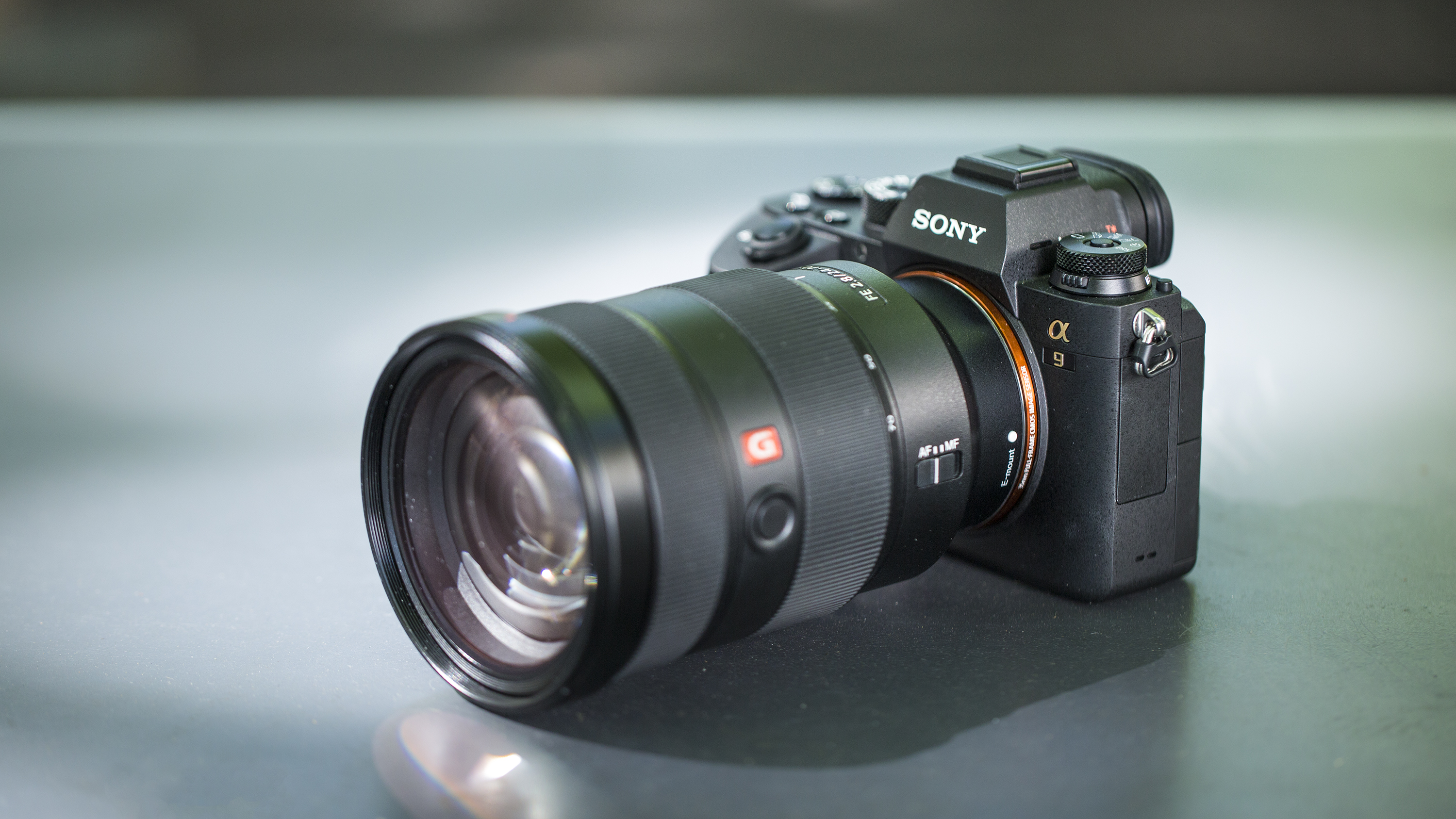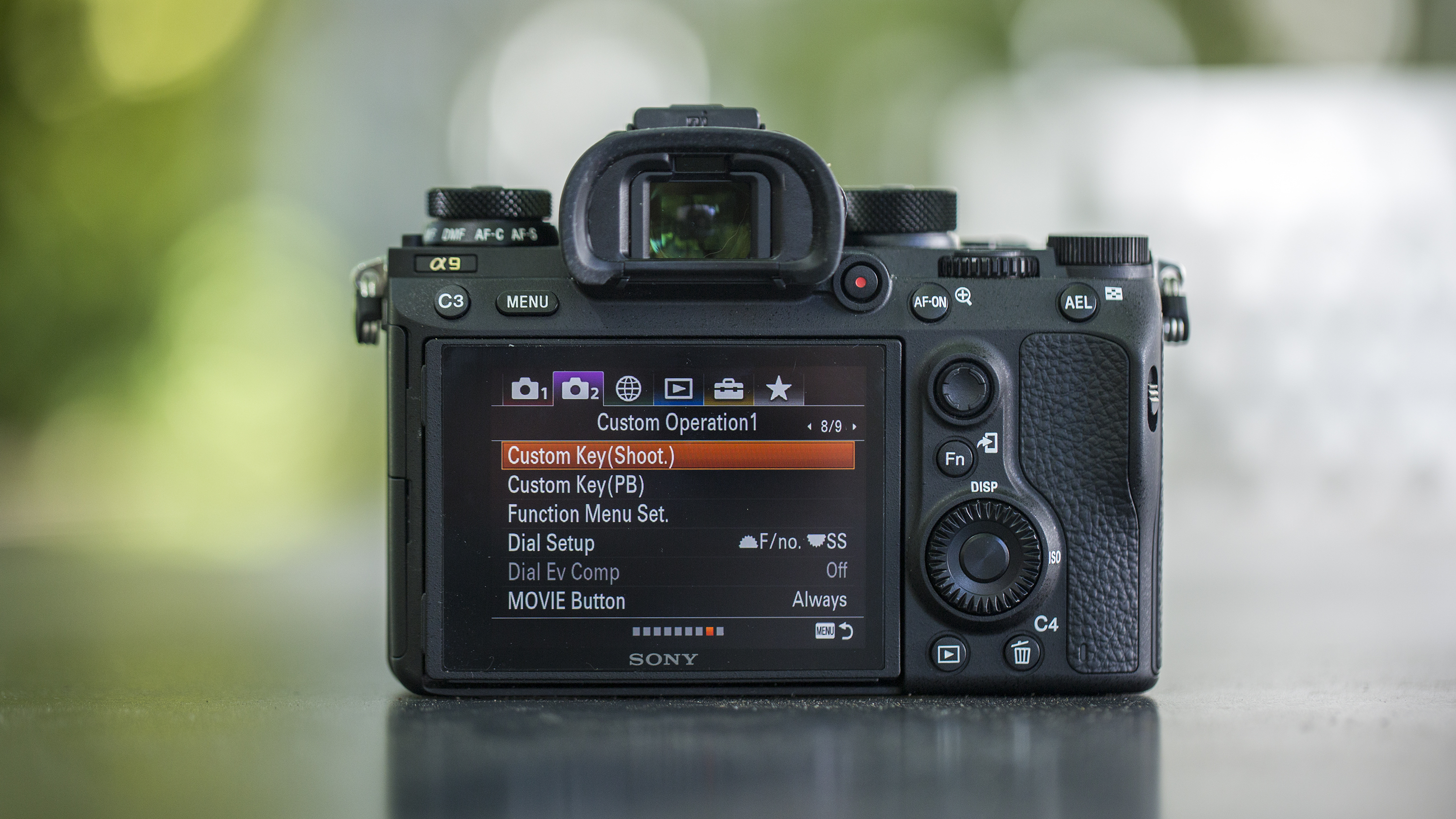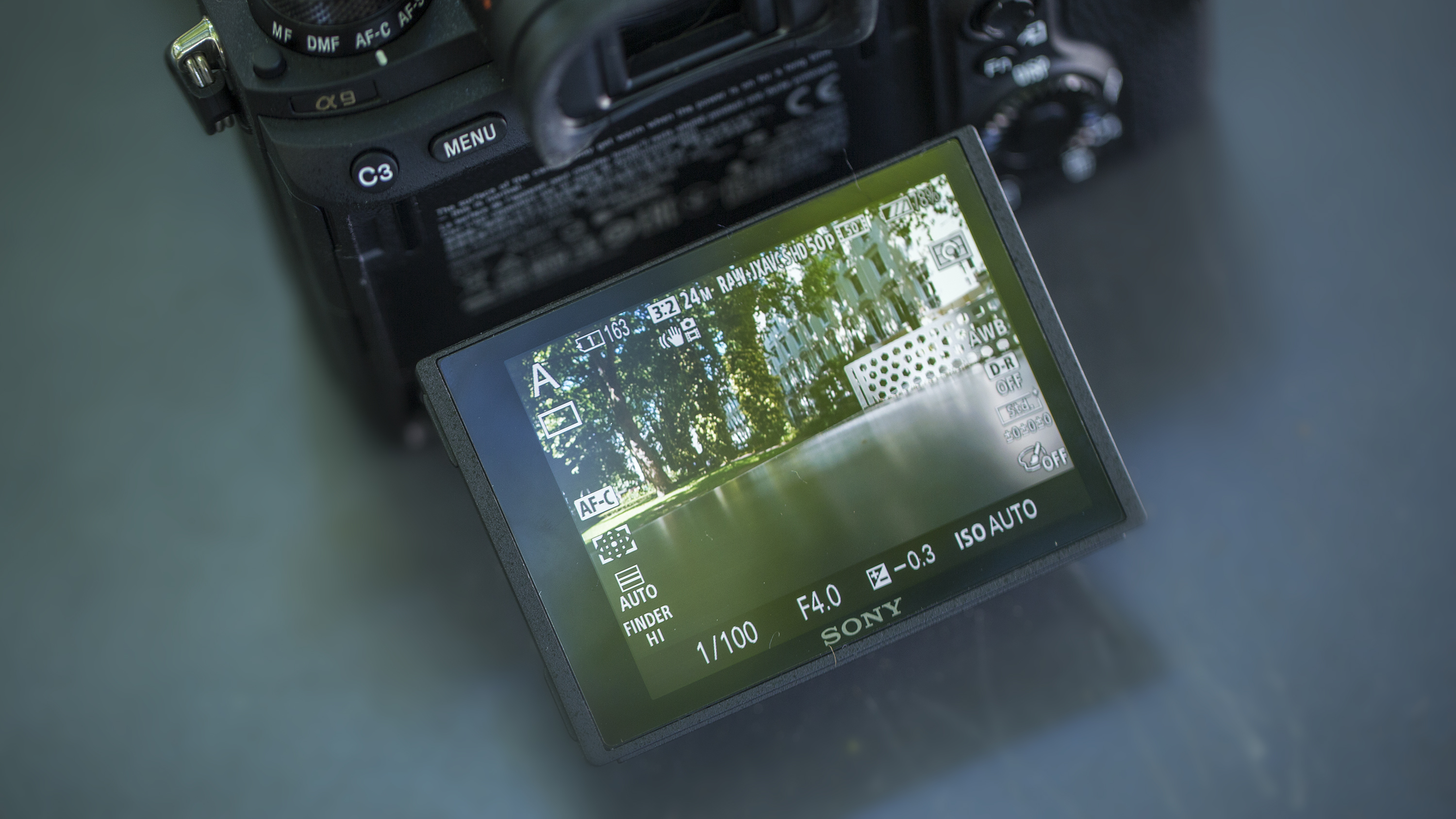TechRadar Verdict
The Alpha A9 doesn't fail to impress. The AF system Sony has blessed this camera with is not only incredibly quick, the tracking performance needs to be seen to be believed. Partner that with incredibly fast 20fps burst shooting, and a large and bright EVF that doesn't blackout when you're shooting, and you've got a camera that can mix it with the best that Canon and Nikon have to offer when it comes to shooting action.
Pros
- +
Blistering performance
- +
Incredibly fast and capable AF
- +
No viewfinder blackout
- +
Impressive level of customization
- +
Excellent results from 24MP sensor
- +
High-res viewfinder
- +
Oversampled 4K footage
Cons
- -
Weather sealing not as robust as rivals
- -
No XQD card slots
- -
Balance not great with long lenses
- -
Very limited touchscreen control
- -
Battery life not a match for rivals
Why you can trust TechRadar
The Sony Alpha A9 has quite a job on its hands. While the likes of Fujifilm's X-T2 and Sony's own Alpha A7R II have tempted some pros, particularly studio and landscape photographers, to trade-in their DSLR kit, it's been a harder challenge to get sports and action photographers to give up their Canon and Nikon gear.
[Update: Sony's just announced a new Firmware update for the Alpha A9, with version 2.00 offering a number of tweaks and refinements. For Continuous AF, performance has been improved when tracking moving subjects, while there's enhanced stability of the AF-C when zooming. There's also now the option to protect images to a custom button, as well as the ability to transfer (via FTP) all protected files at once, overall operational stability has been improved.]
Rather than being cosseted in a comfy camera bag, the gear of those action photographers is going to get bashed about on a daily basis, while the performance demanded from their camera bodies means we haven't yet seen a mirrorless rival to the likes of Canon's EOS-1D X Mark II and the Nikon D5.
Until now. The new Alpha A9 from Sony has those two speed merchants of the camera world firmly in its sights. So will it fall at the first hurdle, or can it give its rivals a run for their money?
Features
- Full-frame stacked CMOS sensor, 24.2MP
- 3,686K-dot electronic viewfinder with 120fps refresh rate
- 3.0-inch tilt-angle touchscreen, 1,440,000 dots
The key piece of tech at the heart of the Alpha A9, and one that's had a knock-on effect on the performance of other components, is the 24.2MP full-frame stacked CMOS sensor.
While it has substantially fewer pixels than the 42.2MP Alpha A7R II, it does offer a slight resolution advantage over the 20-odd megapixels of the Canon 1D X Mark II and Nikon D5, but it's the architecture of the chip that's the key element here.
The stacked design means the integrated DRAM memory modules, a high-speed processing circuit and the BIONZ X image processing engine are all lined up behind the image sensor.
This design has allowed Sony to push the data through the sensor, not around it, resulting in a a sensor that reads data 20 times faster than would otherwise be possible, enabling the Alpha A9 to shoot at a blistering 20fps for 241 raw files or 362 JPEG images.
Sensor: 24.2MP full-frame back-illuminated stacked CMOS
Lens mount: Sony FE
Screen: 3.0-inch tilt-angle touchscreen, 1,440,000 dots
Burst shooting: 20fps
Autofocus: 693-point AF
Video: 4K
Connectivity: Wi-Fi, NFC and Bluetooth
Battery life: 480 shots
Weight: 673g
How does that compare to the EOS-1D X Mark II and Nikon D5? Very well in fact, comfortably beating both the EOS-1D X Mark II's 170 raw files at 14fps and the D5's 200 raw files at 12fps – although if you're planning to hold down the shutter for that long you might want to re-evaluate your technique.
The stacked sensor design also means the Alpha A9 and can perform an impressive 60 AF/AE tracking calculations per second (we'll get onto the nuts and bolts of the AF shortly).
Designing the sensor this way doesn't just have performance benefits – it should also deliver better noise performance, thanks to the light-gathering elements of the photosites (pixels to you and I) being closer to the surface of the sensor.
The Alpha A9 features a broad native ISO range of 100-51,200, and this can be expanded to 50-204,800. That said, for those who shoot regularly in low light, the likes of the D5 offer an extra four stops on the A9 here, with an expanded ISO ceiling equivalent to 3,280,000.
We've always liked the large electronic viewfinder on the Alpha A7R II, but the EVF on the A9 is bigger and better.
With approximately 3,686,000 dots, the all-new, high-luminance Quad-VGA OLED Tru-Finder viewfinder is the highest-resolution viewfinder Sony has ever incorporated in a camera. It boasts 0.78x magnification, a 120fps refresh rate, and a Zeiss T* coating to greatly reduce reflections, as well as a fluorine coating on the outer lens that repels dirt.
Thanks to the electronic shutter, which promises to be both vibration-free and completely silent (with a maximum shutter speed of 1/32,000 sec), there's no horrible viewfinder blackout even at 20fps (though the refresh rate of the EVF does drop to 60fps).




As well as the EVF, there's a 3.0-inch tilt-angle touchscreen with a solid, if not ground-breaking, resolution of 1,440,000 dots (though it's a modest boost over the 1.23m dots of the A7R II's).
The Sony Alpha A9 is equipped with an innovative 5-axis image stabilization system that provides a shutter speed advantage of five stops.
As you'd expect for Sony's mirrorless flagship camera, video is well catered for. For a start, there's 4K (3840 x 2160p) video recording across the full width of the full-frame image sensor. When shooting in this format, the camera uses full pixel readout without pixel binning to collect 6K of information, oversampling it to produce high-quality 4K footage. Recording is also available in Super 35mm size.
Additionally, the Alpha A9 can record Full HD at 120fps at up to 100Mbps, which allows footage to be reviewed and eventually edited into 4x or 5x slow-motion video files in Full HD resolution.
The Alpha A9 benefits from two SD card slots, but it's perhaps slightly disappointing to see that Sony has opted to give only one slot the faster UHS-II media support
The Alpha A9 benefits from two SD card slots, but it's perhaps slightly disappointing to see that Sony has opted to give only one slot the faster UHS-II media support. In some ways it's a bit of a surprise to see the A9 forego the even faster XQD card format (especially as Sony was instrumental in its development) that both the Nikon D5 and D500 support.
As well as having the usual Wi-Fi, NFC and Bluetooth credentials, the A9 features a flash sync socket (something that was missing from the more studio-focused Alpha A7R II) and Ethernet port, underlining Sony's view that it sees the Alpha A9 as a camera that's going to muscle its way pitch-side, where speedy transfer of images is key.
Phil Hall is an experienced writer and editor having worked on some of the largest photography magazines in the UK, and now edit the photography channel of TechRadar, the UK's biggest tech website and one of the largest in the world. He has also worked on numerous commercial projects, including working with manufacturers like Nikon and Fujifilm on bespoke printed and online camera guides, as well as writing technique blogs and copy for the John Lewis Technology guide.

